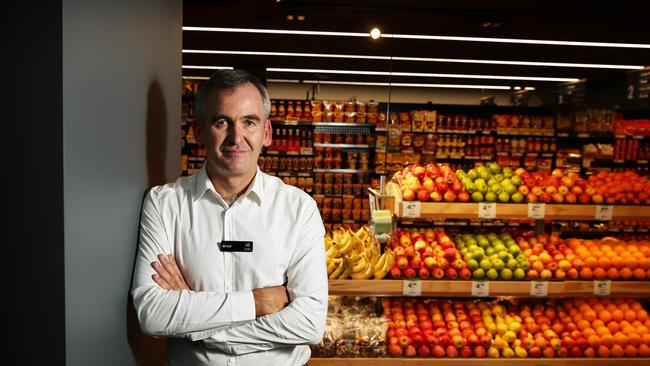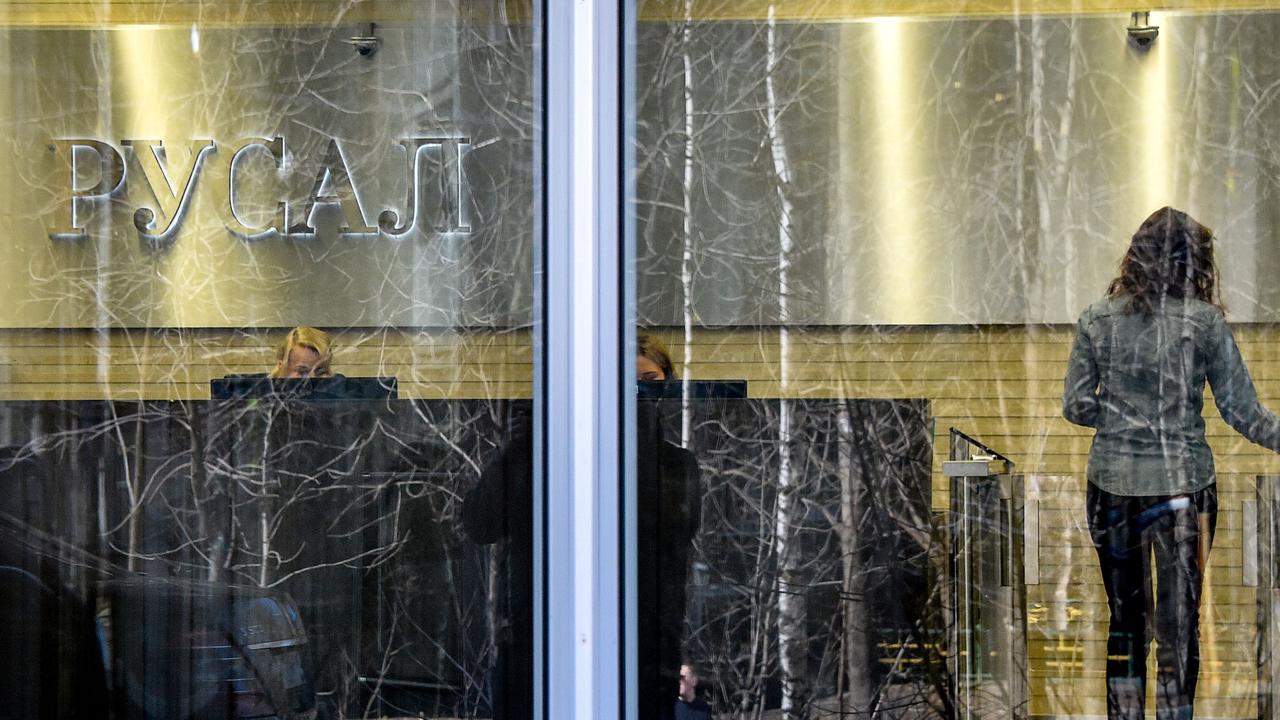Woolworths worried as Wesfarmers powers along

In fact, almost across the board — Target remains the exception — the Wesfarmers stable of big retail brands is flourishing, with Kmart and Bunnings in particular posting eyebrow-raising growth rates.
The Bunnings performance, in the midst of the disruption and discounting occurring as Woolworths and its US partner Lowe’s start their exit from their disastrous expansion into the home improvement sector, underscores the formidable strength of the franchise.
A spectacular 17.9 per cent lift in Kmart’s sales in the quarter explains, if explanation were necessary, why Guy Russo has had the troubled Target franchise added to his responsibilities.
It is, however, the continuing growth in the Coles food and liquor businesses that continues to chisel away at the core of Woolworths’ once-dominant and super-profitable supermarket and liquor operations.
In the quarter, Coles food and liquor business grew its sales base 5.9 per cent to $7.5 billion. On a comparable stores basis, the sales increase was 4.9 per cent. Year-to-date, the headline increase is 5.6 per cent and the comparable stores’ increase 4.5 per cent. Excluding liquor, the comparable food store sales rise was 4.8 per cent.
Banducci was confirmed as Woolworths’ chief executive with the announcement of the group’s first-half results, which showed meagre food and liquor headline sales growth of 0.7 per cent and comparable stores growth of negative 0.8 per cent.
Even though Woolworths has been throwing hundreds of millions of dollars at lowering prices in an attempt to arrest the trends in its sales numbers, Coles’ momentum hasn’t slowed even though it reported price deflation of two per cent for the quarter. It has itself remained very aggressive on price while continuing to invest in upgrading its stores.
While Coles itself has no expectations that its traditionally underperforming liquor business can challenge Woolworths’ dominant Dan Murphy’s business, Coles’ John Durkan did report improved sales trends in liquor and says the transformation plan for the business is progressing in line with expectations.
In the home improvement business (which doesn’t yet include any contribution from Wesfarmers’ $700m acquisition of the Homebase group in the UK), sales were 11 per cent higher at $2.6bn and comparable store sales were 8.3 per cent higher. Year-to-date sales were 10.9 per cent higher and comparable store sales were up 8 per cent.
The consistent growth in the Bunnings business, almost regardless of the external and competitive settings, justifies Wesfarmers’ decision to entrust John Gillam with its first meaningful offshore venture and the multi-billion dollar and multi-year commitment it will take to try to replicate Bunnings’ domestic success in the UK.
Office supplies, which used to be within Gillam’s portfolio, grew it sales 5.6 per cent in the quarter and 7.8 per cent for the nine months, to $1.4bn.
Target has been Wesfarmers’ problem child, with a dwindling sales and earnings base. More recently it has been wracked — and Wesfarmers’ deeply disconcerted — by the scandal around supplier rebates that inflated Target’s first-half earnings.
Russo, who orchestrated Kmart’s extraordinary transformation, now has responsibility for both of the discount department store brands.
The Kmart growth story remains remarkable, with comparable store sales in the quarter rising 15.2 per cent and 10.8 per cent for the financial year-to-date, on a headline increase of 13.9 per cent.
Target also reported an increase in sales in the quarter — 2.3 per cent — and positive (1.4 per cent) growth in comparable stores sales. For the year-to-date its comparable stores sales growth is 1.4 per cent. Russo said today, however, that trading had weakened through the quarter and that the declining sales momentum had led to clearance activity late in the quarter that further affected sales and margins.
He and his new managers are conducting a strategic review of the business and the initial impacts of the change of leadership and direction are expected to impact Target’s results in the fourth quarter.
There is a lot of scepticism, despite Russo’s track record at Kmart — or perhaps because of it — that he can turn Target around without impacting Kmart adversely in the process. There is a view that Kmart’s success has come at Target’s expense (and the equally challenged Big W’s).
It will take quite some time, and results from the newly-created department stores group, to come to any definitive conclusion about the ability, or inability, of Target and Kmart to successfully coexist.
In the meantime, with Coles, Kmart and Bunnings firing and putting extreme pressure on their competitors, Wesfarmers can afford to invest the time and capital in another and, one assumes, final attempt to turn Target around.
Banducci has to devise and execute a strategy for reigniting growth in Woolworths’ supermarket business — he knows that while price is important there are a myriad of other issues that have to be remedied — while he and the new head of Big W, Sally Macdonald, have a similar challenge in Big W (absent the rebate scandals) to that confronting Russo’s team at Target.
He has to do that, with some urgency, against a major competitor with a lot of wind in its sails and which continues to ratchet up its competitiveness, as well as the continuing growth of the less-visible Aldi.
With every quarterly sales result from Coles and Woolworths, the magnitude of the challenge becomes clearer.



Brad Banducci may have winced when he saw Wesfarmers’ third-quarter sales numbers this morning. During a period where the recently-appointed Woolworths’ chief executive is throwing a lot of margin at his major competitor, Coles is powering along.